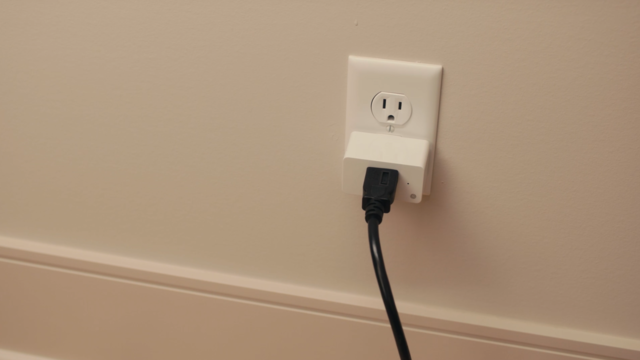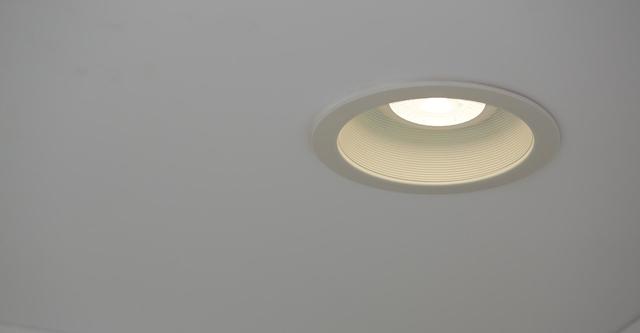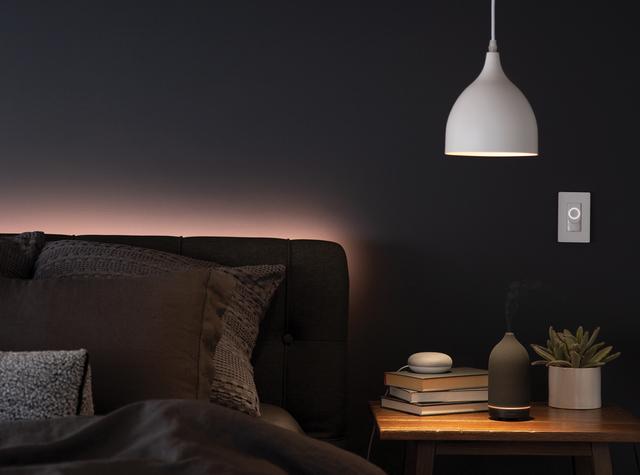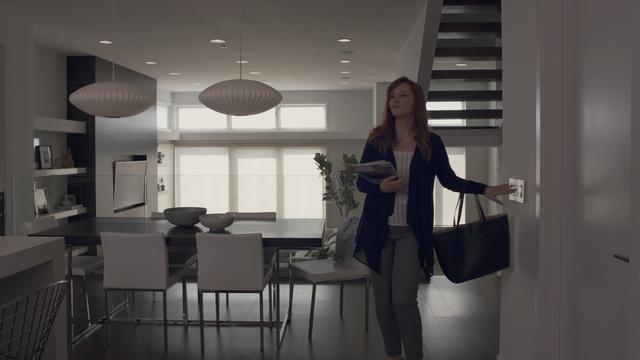Last updated 27 February, 2024
Over the past few years, the popularity of indoor gardening has grown exponentially—no pun intended. And it’s completely understandable. Whether you’re an old hand at gardening or a total newbie, it can be a very rewarding and therapeutic experience to enjoy in any season. All it takes is gathering the right knowledge and tools, and you’re well on your way to creating a lush indoor green space filled with fresh ingredients and improved air quality. Plus, several studies suggest gardening may even enhance your overall wellness.
So, with this blog, we’re going to share some of the tools and tips you need to help plants thrive indoors. You’ll be flexing your green thumb before you know it!
Create a Dedicated Indoor Green Space
Of course, the first question you need to ask yourself is, “Where do I start my garden?” And there are many factors to keep in mind when deciding.
To begin, you’ll need a location that has good air circulation to prevent fungal diseases. This means you should avoid plotting your garden in stagnant or overcrowded areas where air doesn’t move freely. If you need to improve the circulation, it might be a good idea to bring in a fan.
It’s also important to be mindful of potential hazards, such as pets, children, or high-traffic areas when choosing a space. Some of the most common plant species can be harmful if ingested, so you’ll want to keep your blooms and your loved ones safe.
You have to make sure that the chosen area provides enough room for plants to grow without overcrowding, and that there’s still enough space for you to water, prune, and maintain.
Last, but certainly not least, don’t forget about the aesthetics. Because creating a visually appealing indoor oasis can go a long way in reducing stress and improving comfort.
Give Your Plants the Right Amount of Light
Ok, we all know plants need light to survive. And we also know that ambient light can’t always do the trick—especially in the winter and early spring. So how do you light your indoor garden in a way that provides your with the amount of nourishment they need? GE Lighting is at your service.
Our LED Grow Lights have all the benefits you and your plants need.
For starters, our two bulbs options—Balanced Light Spectrum and Advanced Red Light Spectrum—are each optimized for different growth stages of a plant. That means we have your indoor plants covered from seeding and budding to flowering and fruiting.
These lights emit a high number of micromoles, so your plant will get more light to use for photosynthesis and growth.
Also, our LED Grow Lights come in a variety of different bulb types and sizes to meet the needs of your grow space. Most of them will fit in standard fixtures, which means you can turn any light into a grow light!
But it’s not just all about the plant. Our LED Grow Lights offer tons of benefits for you as well, including:
- They emit natural and pleasing light
- They’re energy efficient
- They give off very little heat
- They have a long life
Give Your Plants the Optimal Temperature
To put it simply, plants like warmth. So you should make sure they’re located in a space with a temperature of 65-75 degrees Fahrenheit. A smart, energy conscious way to achieve this is to add our CYNC Smart Thermostat to your home. Not only can you control the temperature from anywhere using the CYNC smart home app, but you can set schedules to ensure that your greenery remains in a growth-inducing climate.
Plus, by picking up our Smart Room Thermostat Sensor, you can localize the temperature just for your indoor garden room, so you don’t have to maintain that temperature throughout the house.
Give Your Plants the Perfect Soil Mix
When choosing a soil for your indoor garden, it’s essential to consider the specific needs of your plants to ensure they have the proper amount of drainage, moisture retention, air flow, and nutrients. They require something different than topsoil. For seed starting, be sure to use a high-quality non-fertilized potting soil that’s labeled for indoor use, so your plants can be free from pests, diseases, and weed seeds.
Choose the Appropriate Trays for Your Plants
Selecting the right container is very important. But with so many options to choose from, how do you know you’re buying the right ones? Even though you should consult the manufacturer’s labels on the trays to know for sure, here are a few tips that might get you started.
Make sure they have enough space to not only accommodate your plants, but also to hold excess water without overflowing.
Be mindful of the saucer depth the tray provides. If it’s too shallow, it might not work for your specific plant.
If your plant or garden will be placed on a damageable surface, such as wooden furniture or countertops, you may want to pick up a protective liner that fits the size of your garden.
Ensure You Have Safe, Smart Power
No question, you will definitely need a power strip for your lights (preferably with surge protection). And by plugging it into our CYNC Smart Plug, you’ll be able to schedule your lights to make sure your indoor garden is getting the right amount of light every day. Consider it your outlet to a perfectly growing green space.
Wrap Up
In addition to everything we provided here, of course you’ll need a sprayer/spray bottle, your favorite seeds, and eventually fertilizer. But this should definitely help you get started growing your indoor garden—whether it’s a tray of herbs in the kitchen, an artistic garden wall, or a simple plant next to your bed. So, ready to start your new indoor, all-year-long hobby? Happy growing!
Share your indoor gardens with @GELighting on Facebook and Instagram.






